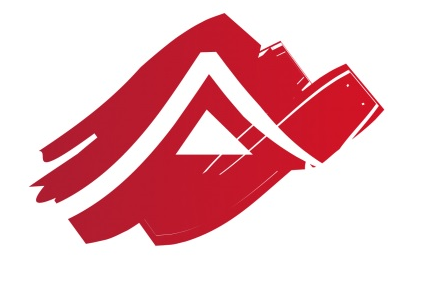AI is experiencing a strong acceleration and has been increasingly used in recruitment techniques for some years.
The traditional approach to AI in recruitment is similar to an automated process used in modules for structuring, scoring, or evaluating CVs, and in many other modules mainly related to repetitive and pre-memorized tasks. Among the startups active in this field, HR Flow AI, which we have already mentioned in a previous study. Another approach to AI involves the integration of advanced algorithms to evaluate candidates during their interviews. This process takes place online, via video interviews where candidates answer to predefined questions under the watchful eye of their webcam. The algorithms analyze the videos, sometimes using up to 350 distinct criteria to assess how candidates speak, the length of their sentences, language proficiency, and the use of active or passive voice, among others. This is the case with Hirevue.
But the gradual introduction of generative AI is disrupting all these processes and methods that we have just discussed. Generative AI is inspired by learning processes and focuses on autonomously creating data, content, music, or computer code. It does not just follow explicit rules but learns patterns and relationships within data to produce original and creative results.
Generative AI differs from traditional AI in several ways. In Talent Acquisition, it can help create personalized job offers, manage the match between a profile and a job offer, create a rating (scoring) or simulate human-like interactions, and much more. The use of generative AI thus offers a significant advantage in terms of automation and improvement of recruitment processes, especially in the early stages.
But compared to traditional AI platforms, generative AI startups, popularized with the arrival of ChatGPT, are more developed and rely on more advanced pre-scoring, sourcing, and conversational robot methods than classical AI. The most striking point of our analysis of generative AI, particularly its differentiation from traditional AI, is the introduction of conversational chatbots.
These conversational chatbots will have a great impact on Recruiters’ work and save them time. They primarily serve as support tools for Human Resources, allowing for the selection of candidates who fit with the search’s criteria without entirely replacing humans, a question that raises many concerns. Hubert.AI a Swedish startup, is one of these innovative AI recruitment solutions offering a conversational chatbot. Other platforms also use this method, such as Breezy.hr, which is programmed to respond to predefined questions, while Hubert.AI improves response quality over time with the data collected. It conducts a dialogue with the candidate, analyzes his responses, and then evaluates them before transmitting the result to “its human colleagues.” Other platforms operate using similar processes and methods. This is also the case with HireVue, which has improved its traditional AI model by introducing a conversational chatbot.
The change also occurs when these conversational chat platforms introduce video avatars and conduct interviews by analyzing responses in real time, as Talently.ai, a Silicon Valley startup, does. Another interesting model we have analyzed is micro1.ai, an American startup with interviews managed by an lively character (the recruiter) who directly interviews the candidate, by asking the usual questions you have in an interview and interacting with the person you are talking to. This model has the advantage of simulating a real interaction and giving the impression of real contact with the recruiter.
Other models have been developed in South Korea and China. These models are quite advanced and already actively used within companies, and candidates are used to relying on these processes and means of operation. These platforms include : Genesis lab and Moseeker
In reality, generative AI is more in-depth than the previous form because it has been trained for years, and each new request enriches the solution again. This training requires a substantial database, preparing specific questions, using previous interviews, as well as the correct answers to provide but also unsuitable responses, to select relevant candidates. This is why generative AI is a “small” revolution in the field of recruitment and AI in general, as it goes beyond simple follow-up instructions.
Despite the significant advancements represented by generative AI, it must be acknowledged that this topic is still controversial and that the solutions are still perfectible. Candidates undergoing interviews with these platforms and conversational tools share their vigilance regarding AI’s assessment’s skills and qualities and sometimes even say they don’t feel comfortable with a robot, preferring human interaction. On the other hand, some candidates are fully satisfied with these new methods and feel that they are much better suited to them (for example, scheduling the interview when and where they want).
Thus, even if these evolutions can be seen as a double-edged sword by candidates, companies handling large volumes of applications find it interesting to use these new methods. HR teams are able to manage extensive and large recruitment campaigns, with more efficient, faster, and more agile processes, thus better answering to the objectives of operational teams. Of course, they must remain cautious about the use of exploited data and comply with existing regulations in the context of these new recruitment methods.
Senior Partner Alhambra International
Etudiante en Relations Internationales ILERI



